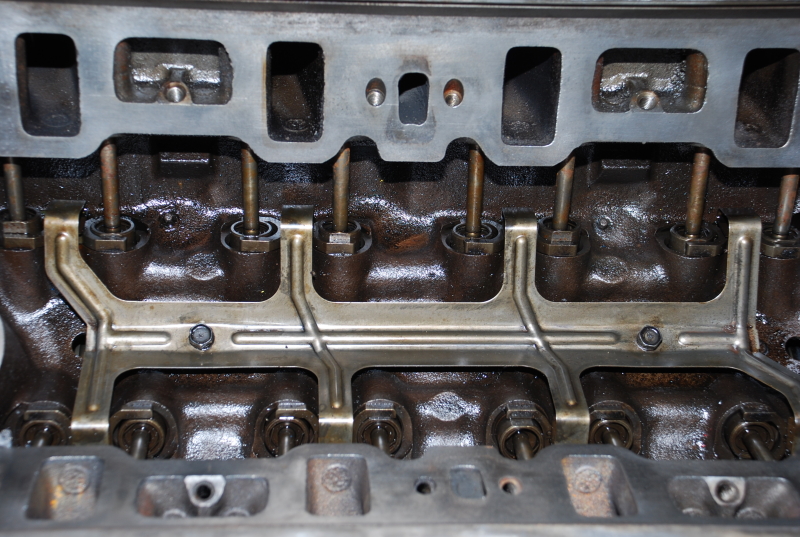Let's say hypothetically that I'm going to use SSO 0W-30 at factory recommended intervals. Will my innards still be accumulating varnish over time, or are the SSO's detergents enough to prevent that?
I understand this depends on many variables, but just imagine that I'm talking about a clean engine used in "normal" service where the oil is changed before it is exhausted. Basically, I am trying to determine if LC20 is going to be beneficial at all... I enjoy spending money on my car, but not if it's unproductive.
What if UOAs show that I can extend my intervals to 10k+ miles? Even if TBN is reasonable and wear metals seem ok, does that mean the detergents are still active and working? I've also read that Amsoil tends to build a brownish additive layer on metal surfaces for boundary lubrication... how would I differentiate between this and varnish during a visual inspection?
Full of questions. Any input is appreciated.
I understand this depends on many variables, but just imagine that I'm talking about a clean engine used in "normal" service where the oil is changed before it is exhausted. Basically, I am trying to determine if LC20 is going to be beneficial at all... I enjoy spending money on my car, but not if it's unproductive.
What if UOAs show that I can extend my intervals to 10k+ miles? Even if TBN is reasonable and wear metals seem ok, does that mean the detergents are still active and working? I've also read that Amsoil tends to build a brownish additive layer on metal surfaces for boundary lubrication... how would I differentiate between this and varnish during a visual inspection?
Full of questions. Any input is appreciated.








